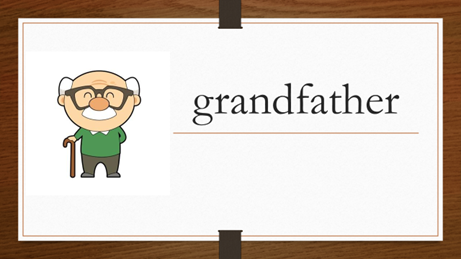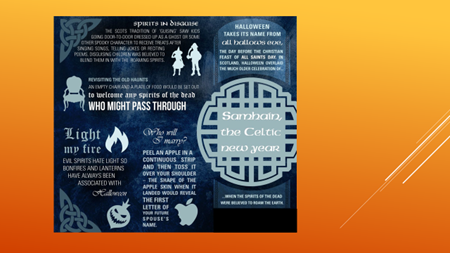For me the methodology I can identify myself most is the one trying to imitate how little kids learn their mother tongue. They see a lot of things – pictures and actions – around themselves; they hear their family constantly talking about things, mentioning things, and their parents talk to them using simple and slow speech that they can easily follow. When they start to speak, the whole family go crazy and praise the kid screaming with joy after uttering any kinds of words. Then they sit down with some colourful books containing pictures of everyday objects, people and animals, and repeat the words several times when the little kid points at them. They’re never in a hurry to make the kid speak, their time is never up, and they keep praising the kid for every little sound they make that sounds at least similar to the ones they’ve said.
Unfortunately, most teachers and students forget about this process when it comes to learning a foreign language at schools. The praises for every tiny result disappear, the patience on both ends seems non-existent, and the time is very quickly up, so we want to hurry things. That’s why I think we should slow down at the very beginning of the process of starting with a new language, put more focus on giving them more time just to listen to some examples, spend more time with repetition – and use loads of pictures. Nowadays with the help of a laptop and a projector (which I know is not necessarily present or available at most schools in Hungary, and even if it is, some teachers tend to be scared to use them) you can show brilliant pictures and can imitate this vocabulary and sentence learning process of a little kid. You can also make very funny and entertaining games, without wasting valuable resources on photocopying. You don’t have to create a new “ppt book” just supplement the course book you’re using with these simple ideas to make it even more vivid and life-like.
Most of the tasks I use are based on very common language classroom tasks like crossword puzzles, activity-type games with definitions, information gap activities, etc., but with a little twist and a projector you can make them more fun and this way more engaging for your students. You can find examples of these in the activity bank, but here are the short descriptions of the ones I mostly use with an example side for each task type. (The pictures I use are taken from the Internet from somewhere…)
Information gap
Probably the simplest is to create information gap type of activities. You make your students work in pairs, with one of them sitting with their back to the screen and the other being able to see what you’re projecting. This way you can practice, for example, the following, but the variety is endless:
- the alphabet and spelling (e.g. seeing a famous actor and their name and students have to spell it to their partner),
- people description (here you can even use the previous ppt without too many changes),

- vocabulary recalling (e.g. students see a word and / or a picture and have to describe or define it to their partners, who have to find out what the other can see)

- reading (the students who can’t see the text get questions that they have to ask from their partners, who have to find the answers to these questions)

(source: https://m.facebook.com/TartanRush/photos/a.342381662489372/2594568903937292/?type=3&source=48&__tn__=EH-R)
- Why were fires important?_________________________________________
- What is guising?_________________________________________________
- What were apple peels used for?____________________________________
- What’s the origin of the name ‘Halloween’?___________________________
- Why did kids wear costumes?______________________________________
- Why did they place an empty chair and a plate of food?__________________
Other tasks
You can also create different races, e.g. with the new vocabulary. Students work in pairs or groups of three, get word cards, after that they see the pictures on the screen and have to grab the card corresponding to this picture. I usually practice feelings, different features, characteristics, house types, etc. with this type of game. The only problem with it is that the students can get overheated and too noisy by banging their desks to grab the cards. If you don’t like noisy classrooms, don’t try it out. But if your students are very tired, this activity will surely wake them up and make them more energetic.
Another task I often use is the ‘compare and contrast’ type. I project word / expression pairs and students have to discuss the similarities and differences between those words, thus practicing their definition and paraphrasing skills.

A simple twist can be done to the routine listening tasks. Instead of giving them questions or True and False statements, I often show them pictures and they have to find out what information is given about the projected pictures. This example is from a lesson based on culture – the origin of Halloween, the traditions of Samhain.

You can find the link to the youtube video I used for the task here.
Advantages
There are many advantages to these ppts. First of all, you don’t waste resources on photocopying and your time on cutting up these cards. When you’ve created a nice set, it’s easier to store and re-use than your paper-based tasks. However, the biggest advantage of these tasks is timing. Within your ppt you can set how long students can see each slide and that way no one will finish too much sooner or later than the other students. It also makes them more focused on the tasks because they won’t have time to start to chit-chat about anything else as they usually want to work with it and be able to solve the tasks.